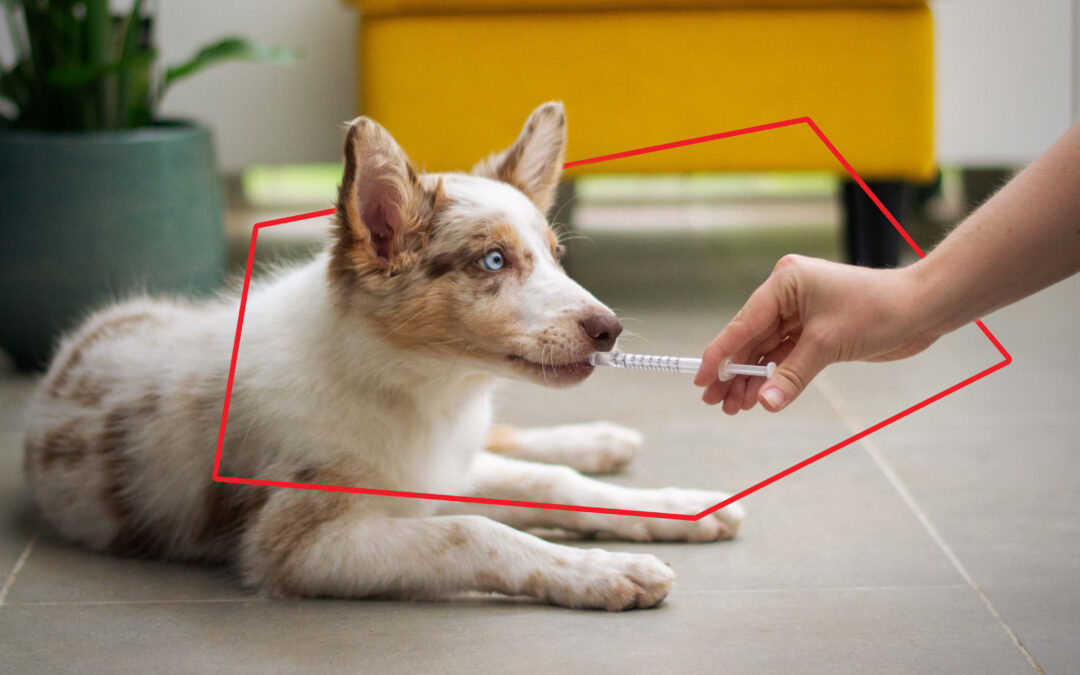Leishmaniasis is one of the most widespread potentially transmissible diseases between humans and animals. Although considerable progress has been made in recent years thanks to early diagnosis and more effective treatments, it is still a source of concern for all pet owners, for the health of the animal itself, and also for the health of the whole family.
What is Leishmaniasis?
It is a disease caused by a parasite of the genus Leishmania, which is very common throughout the Mediterranean basin, due to the temperature of the area and its environmental factors.
It can affect all breeds of dogs and is spread by the bite of a phlebotomine sandfly (Phlebotomus perniciosus), a relative of the mosquito, which first bites an infected dog and then a healthy one, to which it spreads leishmaniasis. The parasite then enters the animal’s bloodstream and begins to reproduce and parasitise.
One of the most frequently asked questions about leishmaniasis is whether it can be transmitted from one dog to another. In this sense, direct transmission is almost impossible, because the parasite needs to spend part of its life cycle inside the insect that transmits it. However, on some occasions, transmission from mother to puppy during pregnancy or between dogs through blood transfusions can occur.
Prevention of the disease
The period of greatest attention should be between March and October, which is usually the mosquito’s breeding season. To this end, it is important to carry out serological tests once a year for early detection of the disease.
It is important to prevent the dog from sleeping outside at night, or in places where it is more likely to be bitten by the mosquito. In addition, it is advisable to use repellents to prevent bites by means of anti-parasite collars and topical pipettes.
The most important thing is to vaccinate your pet against leishmaniasis. This treatment can be administered from 6 months of age. It is estimated that vaccination reduces the risk of the disease by a factor of 4. For this reason, its administration must be accompanied by the use of repellent substances as a complement.
The dog’s immune response should also be boosted through a rich and healthy diet.

Symptoms
It may take 4 to 6 months from the time of infection, following the bite, to the first signs of symptoms.
- Skin lesions.
- Difficulty breathing.
- Alopecia and scaly lesions.
- Non-healing ulcers on ear rims, plantar pads and skin sores.
- Ulcers and wear and tear in the mouth, tongue, gums, lips, nose and nasal septum.
- Nasal or plantar hyperkeratosis.
- weight loss
- overgrowth of the nails
- Single or multiple nodules in hairless areas.
- Renal insufficiency.
- Nasal congestion, runny nose and nosebleeds.
- Difficulty in swallowing.
If the disease progresses and is not diagnosed in time, in its most advanced stage it can affect organs such as kidneys, spleen and liver and can even lead to the death of the animal.
Diagnosis
If you suspect that something is wrong with your dog, it is essential to go to the veterinarian for an examination. If you think you may have leishmaniasis, blood tests will be performed.
The early diagnosis of the disease is very important and if it occurs before the symptomatology greatly improves the prognosis of the disease.
Treatment
The treatment will differ depending on the severity of the symptoms, the parasite load and the extent of the injury to our dog’s organs.
Once affected, the dog becomes chronically ill, which does not prevent him from leading a normal life, but always with a risk of relapse in case of the appearance of other debilitating diseases. In these cases, the treatment should be constant and you will need periodic controls.
The treatment of canine leishmaniasis is pharmacological. Additionally, choosing a good diet for our pet, which provides all the necessary nutrients, will be key in its fight against leishmaniasis.


